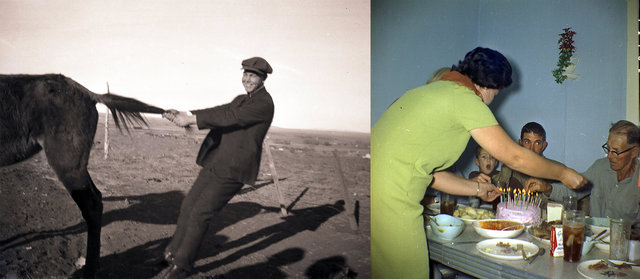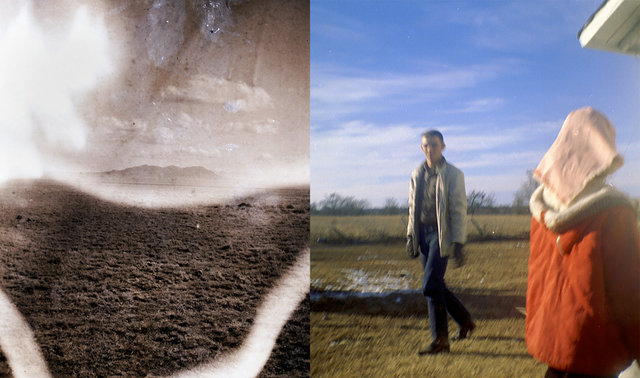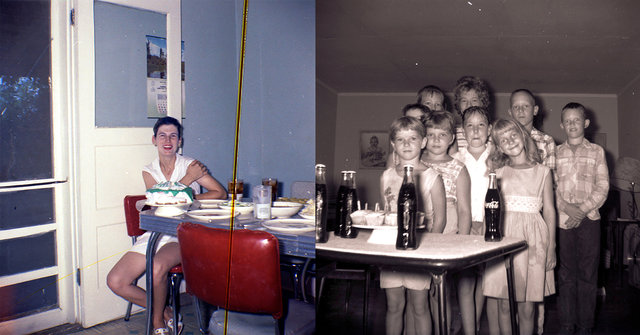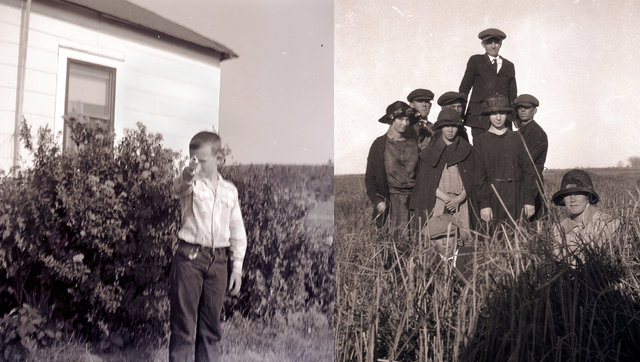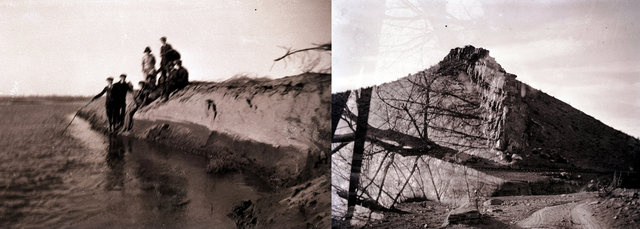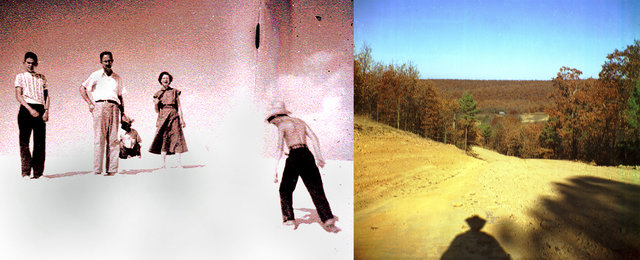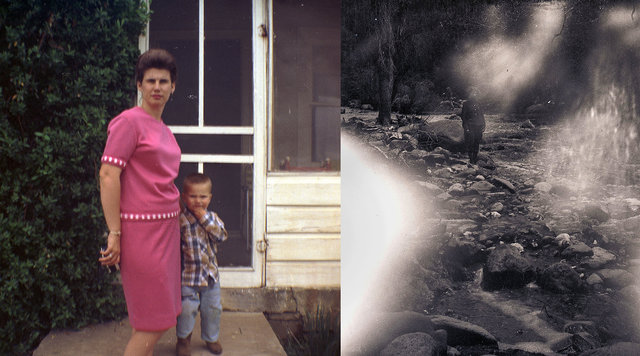A Long Time Ago
Archival Pigment Print, 13" x 19", 2015
Birthday Party
Archival Pigment Print, 13" x 19", 2015
The Stranger
Archival Pigment Print, 13" x 19", 2015
Coke and Cake
Archival Pigment Print, 13" x 19", 2016
Don't Shoot
Archival Pigment Print, 13" x 19", 2016
Gone Fishing
Archival Pigment Print, 13" x 19", 2015
White Sands
Archival Pigment Print, 13" x 19", 2015
Suspicion
Archival Pigment Print, 13" x 19", 2016


